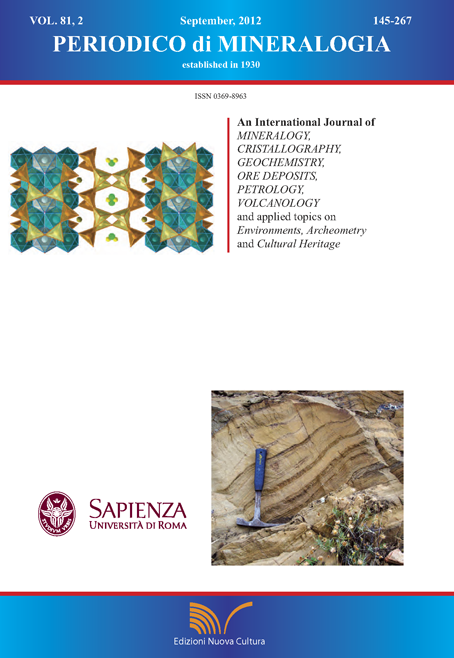Evidence of basaltic magma intrusions in a trachytic magma chamber at Pantelleria (Italy)
DOI:
https://doi.org/10.2451/2012PM0010Keywords:
Pantelleria, magma mixing, bimodal magmatism, trachyte, alkali basaltAbstract
In the last 50 ka basalts have erupted outside the margin of the young caldera on the island of Pantelleria. The inner portion of the caldera has instead been filled by trachyte lavas, pantellerite lavas and pumice fall deposits. This paper focuses on a low-volume benmoreite lava topping the trachyte lava pile in the middle of the young caldera.
The mineral chemistry, including trace elements in clinopyroxene (LA-ICP-MS), suggests that benmoreite is a hybrid product resulting from mixing between a trachytic magma and a basaltic end member even more primitive than those erupted during the past 50 ka. The principal inference is that basaltic magmas intruded the trachytic magma chamber below the caldera and were erupted in recent times within the caldera and not only beyond, as the distribution of basaltic centers would suggest. Data are used to discuss the relationship between felsic and mafic magmas at Pantelleria.


